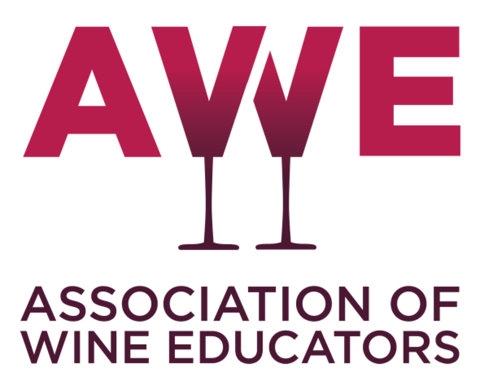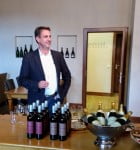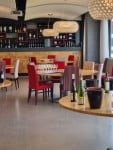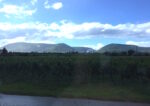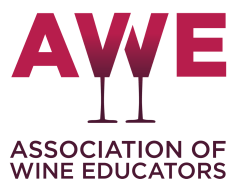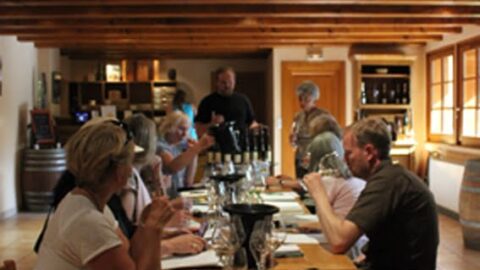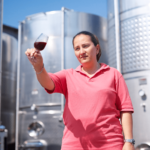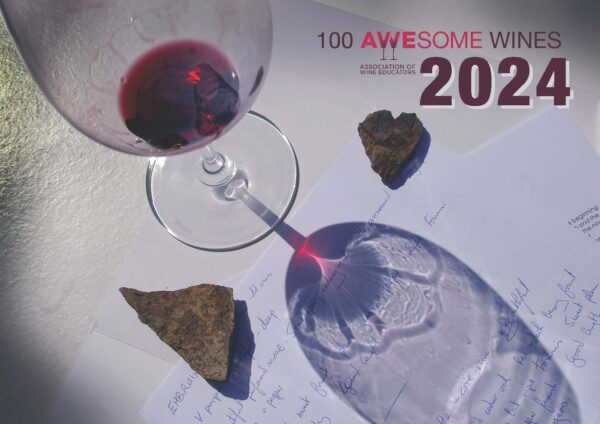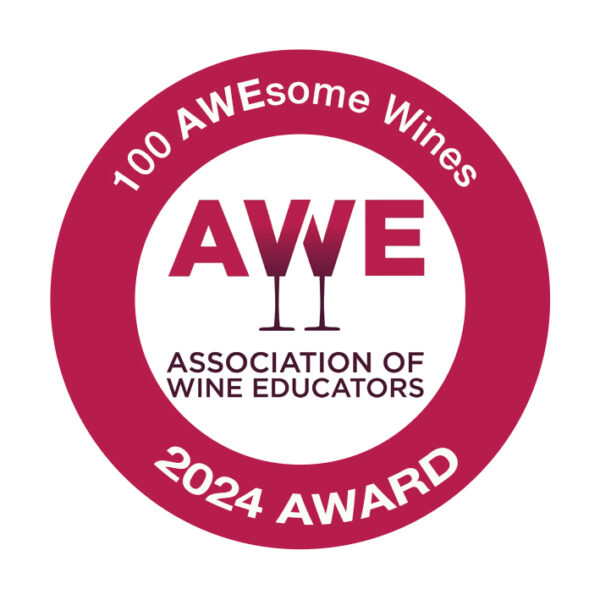After a rather prolonged wait to unite our multinational participants at the airport, we piled off our coach and into Die Weinmacher Nidederkirchen, a co-operative responsible for 11 million bottles of wine per year, making them the biggest producer in the Pfalz region.
Like most co-ops, they produce a wide range of wines, but they are best known for their Blue Fish Rieslings, notable for their bright blue bottles. Launched in 2005, Blue Fish is now one of the top wine brands in the US, in Original (off-dry) and Sweet versions.
 At the other end of the production scale we later had the chance to taste wines from small, boutique producers who are all part of Barrique Forum Pfalz, a grouping designed to promote barrel-aged red wines from the region.
At the other end of the production scale we later had the chance to taste wines from small, boutique producers who are all part of Barrique Forum Pfalz, a grouping designed to promote barrel-aged red wines from the region.
 Some of my favourites of the red wines were shown by Weingut Wegner. We have become used to the idea of Germany making high quality Pinot Noir – and Germany is now the world’s third biggest producer of Pinot Noir, behind France and the US – so I was prepared to be wowed by some of the Pinots on show that evening. However, Weingut Wegner 2007 Machwerk Cabernet Sauvignon, served from magnum, was a revelation: a fully ripe, elegant Cabernet that, at 10 years old was still full of life.
Some of my favourites of the red wines were shown by Weingut Wegner. We have become used to the idea of Germany making high quality Pinot Noir – and Germany is now the world’s third biggest producer of Pinot Noir, behind France and the US – so I was prepared to be wowed by some of the Pinots on show that evening. However, Weingut Wegner 2007 Machwerk Cabernet Sauvignon, served from magnum, was a revelation: a fully ripe, elegant Cabernet that, at 10 years old was still full of life.
Red wines apart, it’s clear that compelling and delicious white wines are still a trump card of Pfalz winemakers. Stephan Schwerdt of Weingut Hanewald-Schwerdt is responsible for some fabulous dry Rieslings, given extra complexity and expressiveness by the use of wild ferments – Stephan says he lost his fear of wild yeasts when making wine in New Zealand. Hanewald Schwerdt’s wines are imported into the UK under the Vindependents banner, making them available from a range of independent merchants across the country, see: http://www.tamarselections.com/home.html
Our evening was rounded off by meeting wine royalty in the shape of Anastasia Kronauer, the Pfalz wine queen. For those new to the concept, each of the 13 German wine producing regions annually elects a regional wine queen (and yes, always a queen rather than a king), who go on to compete at the national final. Other than being young, female, easy on the eye (this is not specified, but I’m drawing my own conclusions), the queens must know plenty about the wines of not just their own region, but all German regions, in order to triumph at the televised final. At the time of writing the result of the national competition isn’t known.
Tags: German Wine Academy Pfalz Riesling